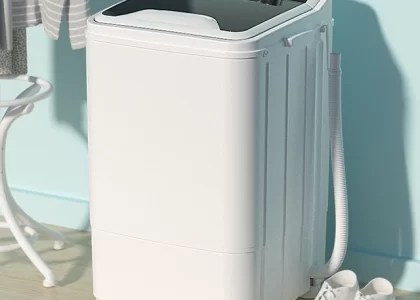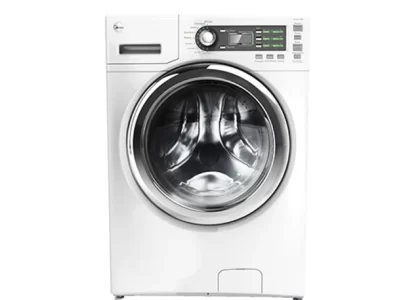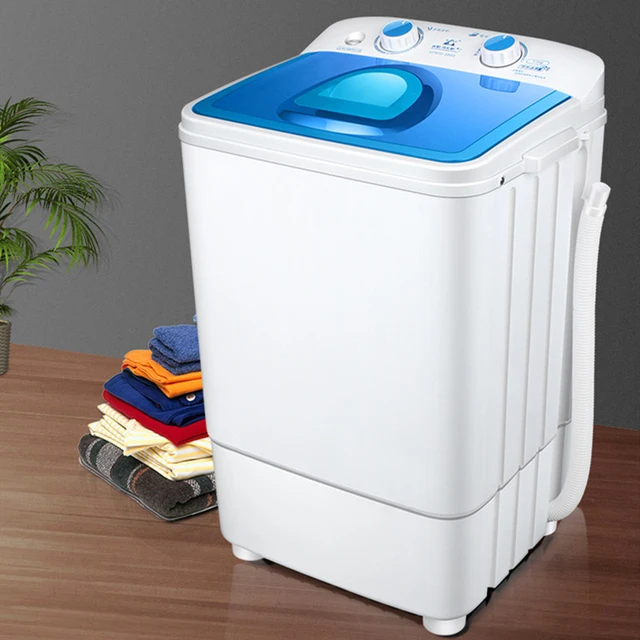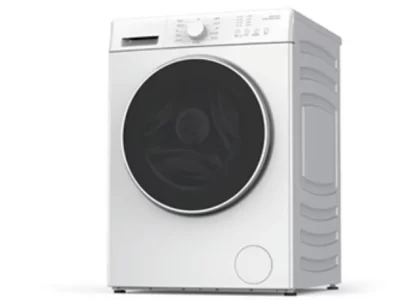 Introduction:
Introduction:
A washing machine is an essential appliance for every household, but what if you could build your own? DIY washing machines provide an opportunity to create a functional and cost-effective laundry solution using readily available materials and simple construction techniques. In this comprehensive guide, we will explore the process of building a DIY washing machine. From designing and gathering materials to step-by-step instructions, we will provide practical tips and techniques to help you create your own functional washing machine. By following these guidelines, you can harness your creativity and ingenuity to build a customized laundry solution that meets your needs.
Several benefits to building a DIY (Do-It-Yourself) washing machine:
There are several benefits to building a DIY (Do-It-Yourself) washing machine:
Cost Savings:
Building a DIY washing machine can be significantly cheaper than buying a brand-new washing machine from a store. By using easily available materials and repurposing existing components, you can save money on the overall cost of the machine.
Customization:
Building your own washing machine allows you to customize it according to your specific needs and preferences. You can choose the size, features, and functionalities that suit your requirements, ensuring that the machine meets your unique washing needs.
Learning Experience:
Building a DIY washing machine is a great opportunity for learning and acquiring new skills. From understanding the mechanics of a washing machine to assembling the various components, you can gain valuable knowledge and experience in working with machinery and electronics.
Sustainability:
DIY washing machines often incorporate eco-friendly and sustainable elements. For example, you can use low-energy or solar-powered mechanisms, recycle materials, or design the machine to be more water-efficient. These eco-conscious features contribute to reducing your environmental footprint.
Repairability:
With a DIY washing machine, you have a better understanding of its components and construction. This can make it easier to troubleshoot and repair any issues that may arise. DIY machines typically use commonly available parts, making repairs more accessible and cost-effective.
Empowerment and Self-Sufficiency:
Building your own washing machine gives you a sense of accomplishment and empowerment. It allows you to take control of your household needs and become more self-sufficient in maintaining essential appliances.
However, it is important to note that building a DIY washing machine requires technical knowledge, skills, and safety precautions. It may not be suitable for everyone, particularly those without prior experience or expertise in mechanical and electrical systems. Additionally, DIY washing machines may not have the same level of reliability, warranty, or longevity as commercially manufactured machines. Therefore, thorough research, planning, and consideration should be undertaken before embarking on a DIY washing machine project.
Designing Your DIY Washing Machine:
Determine the Type:
Decide on the type of washing machine you want to build, such as a top-loading or front-loading model, or a portable or stationary design.
Consider your available space, desired capacity, and personal preferences.
Sketch the Design:
Sketch a rough design of your DIY washing machine, including the dimensions, features, and construction materials.
Consider the mechanisms for water supply, drainage, and agitation.
Gather Materials and Tools:
Determine the materials and tools you will need based on your design.
Consider using materials such as PVC pipes, buckets, drums, or containers that are readily available and suitable for your specific design.
 Construction of the DIY Washing Machine:
Construction of the DIY Washing Machine:
Building the Frame:
Start by constructing the frame of the washing machine using sturdy materials such as wood or metal.
Ensure that the frame is stable and can support the weight of the components and laundry load.
Water Supply:
Install a water supply system to fill the washing machine’s drum or container.
This can be achieved by connecting a hose or pipe to a water source and incorporating a valve or control mechanism for water flow.
Drainage System:
Create a drainage system to remove used water from the washing machine.
Connect a hose or pipe to allow the water to drain into a sink, drain pipe, or collection container.
Agitation Mechanism:
Design and incorporate an agitation mechanism to simulate the washing action.
This can be achieved using various methods, such as a paddle, impeller, or rotating drum.
Testing and Adjustments:
Initial Testing:
Once the construction is complete, perform initial tests to ensure the functionality of your DIY washing machine.
Fill the machine with water, test the agitation mechanism, and observe the water drainage.
Fine-Tuning:
Make any necessary adjustments to improve the performance and efficiency of your DIY washing machine.
This may involve modifying the agitation mechanism, adjusting water flow, or enhancing drainage capabilities.
 Safety Precautions:
Safety Precautions:
Electrical Safety:
If your DIY washing machine involves electrical components, ensure you follow proper electrical safety guidelines.
Use grounded outlets, install appropriate fuses or circuit breakers, and consult an electrician if needed.
Water Safety:
Pay attention to water safety measures to prevent leaks or water damage.
Regularly inspect hoses, connections, and valves to ensure they are secure and in good condition.
 Considerations and Limitations:
Considerations and Limitations:
Capacity and Load Size:
Keep in mind that DIY washing machines may have smaller capacities compared to commercial models.
Consider the load size and adjust your laundry routine accordingly.
Efficiency and Effectiveness:
DIY washing machines may not be as efficient or effective as commercial models in terms of water usage, energy consumption, or cleaning performance.
Monitor and optimize your washing machine’s performance to achieve the best results.
Maintenance and Durability:
DIY washing machines may require regular maintenance and repairs.
Be prepared to troubleshoot and address any issues that may arise.
 Conclusion:
Conclusion:
Building a DIY washing machine provides a unique opportunity to create a customized laundry solution that suits your needs and preferences. By designing and constructing your own washing machine, you can harness your creativity and problem-solving skills.
However, it is important to consider the limitations and challenges associated with DIY projects. Embrace the opportunity to build a functional and cost-effective washing machine, but also be prepared to make adjustments, perform maintenance, and optimize its performance. With proper planning, materials, and construction techniques, you can create a DIY washing machine that meets your laundry needs while enjoying the satisfaction of a successful DIY project.




